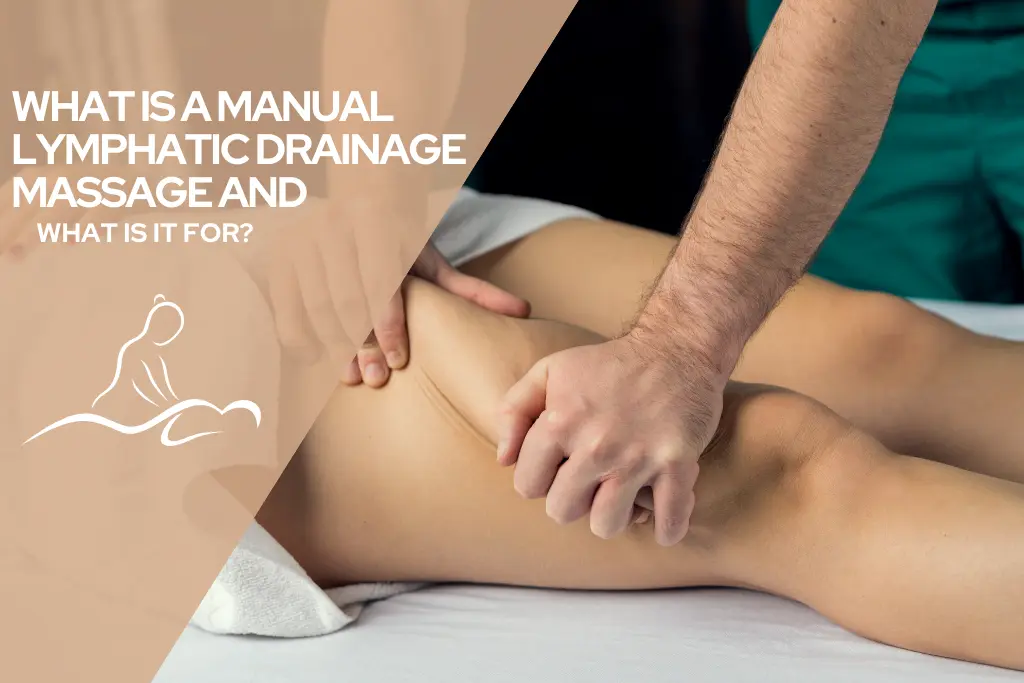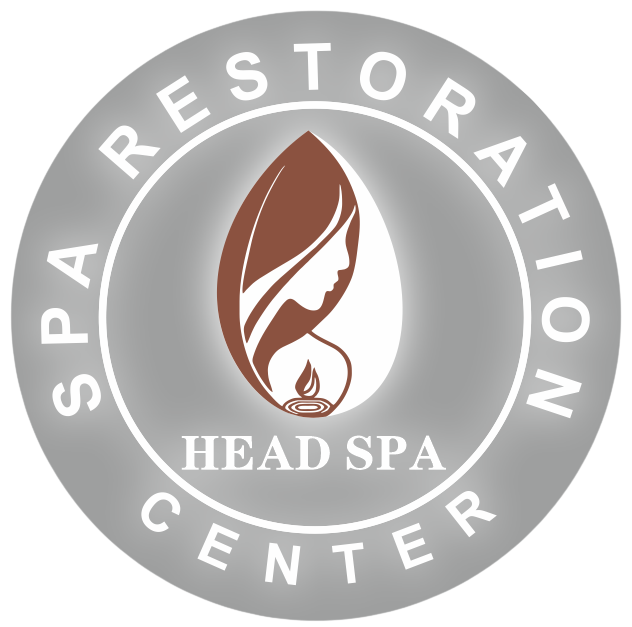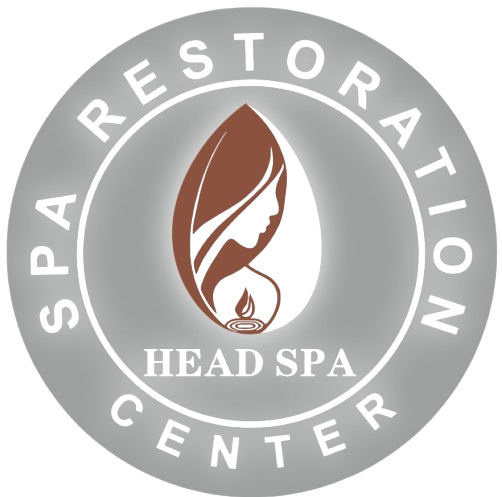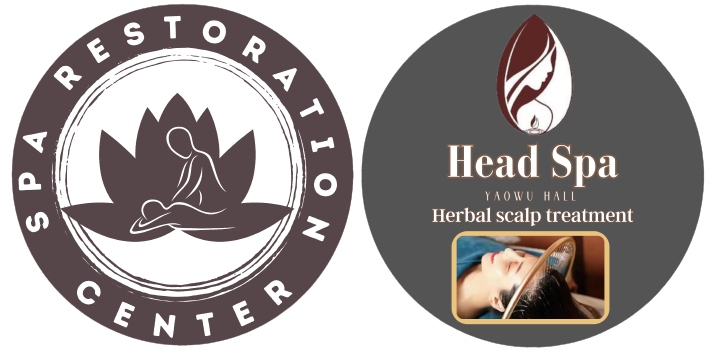
WHAT IS A MANUAL LYMPHATIC DRAINAGE MASSAGE AND WHAT IS IT FOR?
Manual lymphatic drainage is a technique performed with the hands through very gentle, slow and repetitive movements that promote lymph circulation, thus improving edema, inflammation, and retention of organic fluids. The lymphatic and immune systems are closely connected, so manual lymphatic drainage normally improves health and also plays a very valuable role in the nervous system, in addition to specifically treating different conditions.
What is lymphatic drainage?
Manual lymphatic drainage (MLD) is a type of therapeutic massage applied to the lymphatic circulatory system to promote lymph movement:
- It helps this liquid to circulate correctly within the lymphatic vessels in cases where these vessels are damaged or have a circulation deficiency for various reasons, such as post-surgery recovery. The large amount of waste substances generated during the inflammatory process can overwhelm even an undamaged lymphatic system, leading to excess lymph accumulation.
- In the case of edema, MLD encourages the stagnant lymph between the cells of the swollen area to re-enter the lymphatic vessels and be eliminated. Fluid accumulation in tissues can result from various causes and in many of the conditions that cause fluid retention, the lymph remains stagnant and is often accompanied by venous blood.
This type of manual therapy also acts on the blood circulatory system, making it beneficial for bruising and excessive coloration caused by venous insufficiency or phlebolymphatic insufficiency.
What does manual lymphatic drainage massage do?
Manual lymphatic drainage massage is a therapy that is performed with slow, rhythmic and gentle movements on the skin. These harmonious techniques, when performed in the correct direction following the flow of the lymphatic ducts, stimulate the drainage of the lymphatic system, clearing congested areas. According to the Vodders, this technique requires not only a significant amount of intuition but also a high level of precision. The pressure applied is crucial and varies with each case, as each patient requires specific care and gentle manipulations tailored to their individual needs.
What is lymphatic drainage massage used for?
Its main applications are:
- Lymphatic system disorders: Conditions such as lymphedema, lipedema, venous insufficiency ( known as “tired legs”), phlebolymphostatic insufficiency and lipolymphostatic edema.
- Postoperative care: After major surgeries requiring sedation or anesthesia in a hospital setting. As a general rule, outpatient surgeries do not require this therapy.
- Aesthetics: Addressing issues such as cellulite, excessive skin discoloration, or bags under the eyes.
- Edema in the lower extremities for bedridden people or after pregnancy.
- Edema due to kidney or liver problems.
- Edema in joints due to severe arthritis or osteoarthritis.
The general treatment in these cases, always after studying your specific case, would involve:
- The manual lymphatic drainage and skin care session.
- Special compression bandage, if needed.
- Technological support:
- Arm or Leg Move Godoy: This system facilitates passive movement of the arm or feet to add the muscular pumping that favors the movement of liquids.
- VacuSport: Intermittent vacuum therapy device. Causes rhythmic dilation and compression of the venous and lymphatic systems, improving circulatory reflux.
- Bemer: physical-vascular therapy aimed at increasing microcirculation using electromagnetic waves.
- Vibra: A Selective vibration system that stimulates drainage at an appropriate frequency.
- Draining exercise plan: Designed to maintain the benefits achieved during the consultation, such as reduced inflammation, heaviness, or pain.

Indications for manual lymphatic drainage massage
The manual lymphatic drainage technique is beneficial for people of all ages. This therapeutic approach is particularly effective after various types of surgery, helping to control inflammation and edema, which in turn reduces pain and enhances patient mobility and comfort.
MLD is widely practiced in alternative medicine, although it is increasingly used in hospitals, especially in the field of oncology for the treatment of lymphedema, traumatic edema or lymphatic complications following surgery. Another area where manual lymphatic drainage shows excellent results is in the area of cosmetic surgery, where extensive experience and evidence-based results highlight its positive effects on early patient recovery.
Indications for the application of manual lymphatic drainage massage
- Lymphedema.
- Post-surgical edema (surgeries, cosmetic procedures).
- Post-traumatic edema (bruises, blows, falls).
- Premenstrual edema
- Non-infectious cellulitis
- Migraines, headaches, vertigo
- Arthritis, osteoarthritis
- Acute injuries (sprains, muscle tears).
- Hypothyroidism
- Vascular pathologies (tired legs, varicose veins, fluid retention, circulatory disorders).
- Edema due to kidney problems
- Digestive system disorders
- Edema of all types (pregnancy, facial, lymphatic, etc.)
- Anxiety, stress
Benefits of manual lymphatic drainage massage
The objectives and benefits achieved through multiple sessions of manual lymphatic drainage include:
- Increase venous return function.
- Reduce or eliminate edema.
- Accelerating lymphatic circulation and venous return speed.
- Strengthen and regenerate the lymphatic system by improving lymph circulation.
- Boost the immune defense system.
- Facilitate neuromuscular and mental relaxation, due to its neurosedative and relaxing effect on the autonomic nervous system.
- Stimulates the immune system
- Inhibiting painful stimuli and providing greater pain relief due to its analgesic and sedative effects.
- Reduce inflammatory processes.
- Helping reduce fluid retention and swelling in the feet, hands, and extremities.
- Cleanse the body by eliminating toxins and waste substances.
Contraindications of manual lymphatic drainage
Although lymphatic drainage has many benefits for the body, there are certain situations where it is not advisable due to potential adverse effects. The main contraindications include:
- Acute infections: Improving lymph circulation can help the infection spread throughout the body.
- Phlebitis and thrombosis.
- Heart failure: This therapy demands increased cardiac effort, which is not recommended for those with heart failure.
- Low blood pressure: After a lymphatic drainage session, blood pressure drops, so it is not advisable for individuals with hypotension.
- Acute inflammations
- Hyperthyroidism: Massages near the thyroid gland can overstimulate its function, posing risks.
- Asthma and acute asthmatic bronchitis: The stimulating effect on the pneumogastric nerve can trigger asthma attacks in individuals with these respiratory conditions.
- Lymphodynamic edema and malnutrition.
- Acute dermatitis and eczema.
- Malignant tumors.
- Carotid sinus syndrome: Those with hypersensitivity to the carotid sinus may experience significant changes in heart rate and blood pressure from lymphatic drainage, making it inadvisable.
If you think that manual lymphatic drainage could help your condition, do not hesitate to visit our center in Arlington VA, or Washington DC. A specialized physiotherapist will carry out a personalized assessment and propose the best treatment for you. Don’t wait—take the first step toward better health today!



Leave a comment